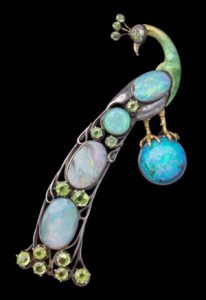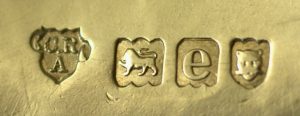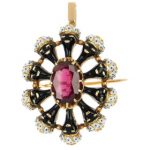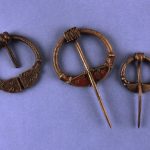
Copyright © 2009 OnlineGalleries. All Rights Reserved
Charles Robert Ashbee was born in 1863, in Sevenoaks, Kent. Charles Ashbee was one of the leading designers of the English Arts and Crafts movement.
Charles Ashbee was the founder of the Guild of Handicraft in 1888 while he was a resident at Toynbee Hall, one of the original settlements set up to alleviate inner city poverty.
Ashbee was also the chief designer at the Guild of Handicraft, specialising in silver, enamel and precious stone set necklaces, pendants and buckles. They were distinctive in their design, resembling wild flowers and butterflies.
In the late 1890s, Charles Robert Ashbee and his Guild of Handicraft started to design and produce silver tableware. The most notable pieces were bowls, dishes and decanters. Ashbee chose to work with a few simple elements, such as plain hammered silver that was occasionally enhanced by simple embossed details.
Ashbee and his fellow guildsmen sought to promote a natural and ethical approach to craftwork. They adopted the aesthetic principles of the Arts and Crafts Movement, in which art was believed to have a transforming influence on daily life. In their social principles they aimed for equality and cooperation beyond the workshop. This was seen, for instance, in profit sharing and communal activities, such as sport and music making.

Ashbee and his Guild reacted against the mechanical, highly finished silver products that were manufactured on production lines in large-scale factories. The Guild attempted to reassert the role of the individual craft workers, who could trace the progress of an item from creation to finish. Hammer marks are clearly visible on the surface of this tray. This is a deliberate finish to emphasise that the item was hand-made. Reference: Victoria and Albert Museum,


